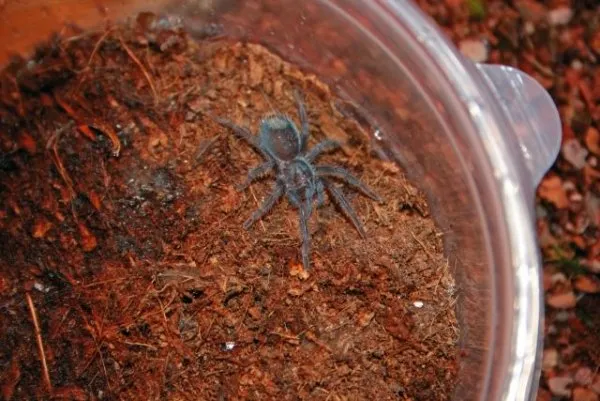Haitian Brown Tarantula Care Top 5 Tips
The Haitian Brown Tarantula ( Phormictopus cancerides) is a captivating species for spider enthusiasts. Their impressive size, unique coloration, and relatively docile temperament make them a popular choice for both novice and experienced keepers. Proper care is crucial for their health, longevity, and overall well-being. This care sheet provides essential tips to ensure your Haitian Brown Tarantula thrives in its captive environment. This guide goes beyond the basics, offering actionable advice to help you create an ideal habitat for your fascinating pet. This will provide you with the knowledge to give your tarantula a long, happy, and healthy life. Following these guidelines will make you a successful tarantula keeper.
Choosing the Right Enclosure
Selecting the appropriate enclosure is the first and arguably most important step in Haitian Brown Tarantula care. The enclosure should provide adequate space for movement, burrowing (if the tarantula prefers to burrow), and temperature regulation. A well-designed habitat not only meets the tarantula’s physical needs but also enhances its psychological well-being, allowing it to exhibit natural behaviors and feel secure in its environment. Choosing the right enclosure is the first step in ensuring your tarantula thrives.
Enclosure Size and Ventilation
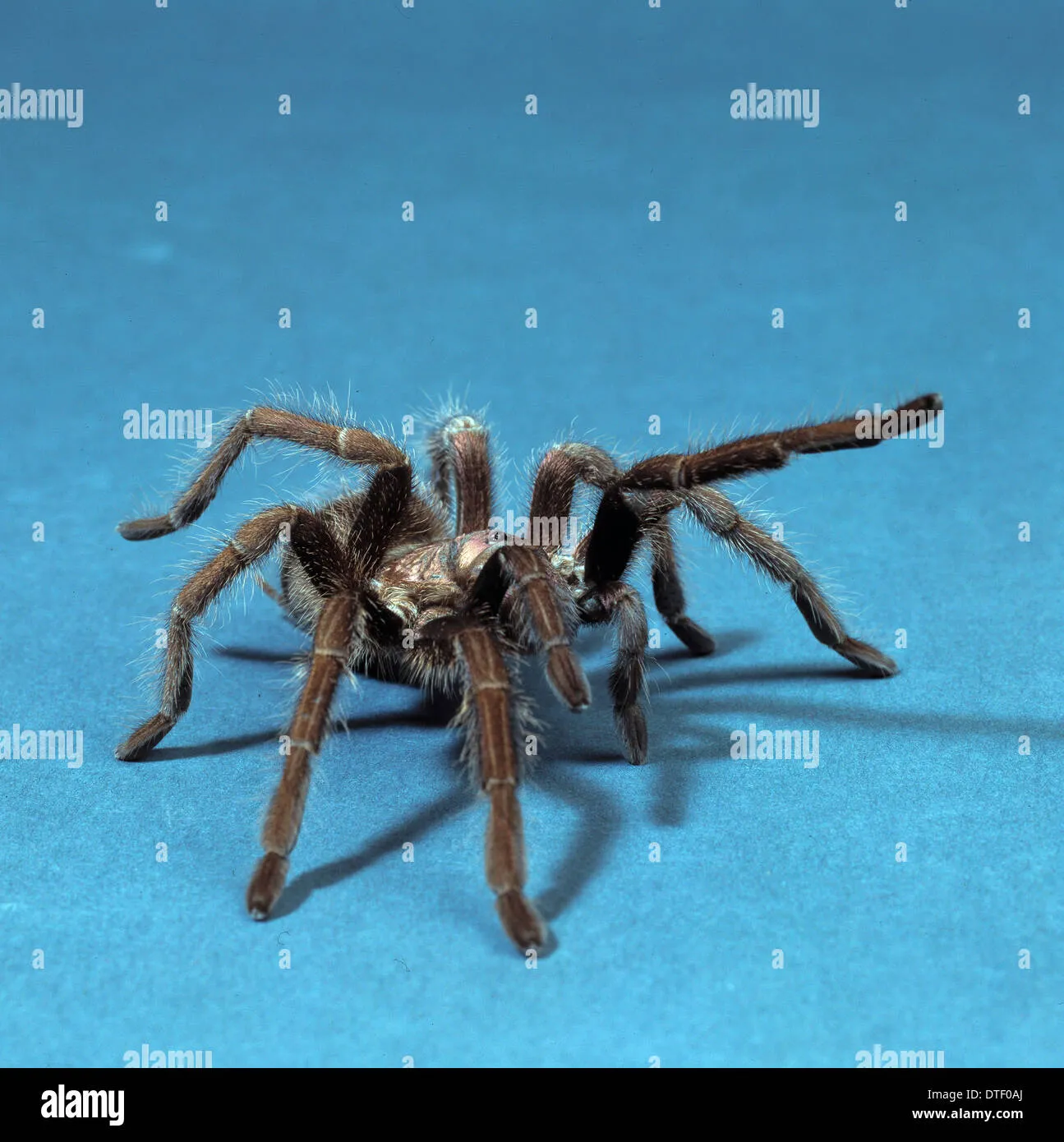
The size of the enclosure should be proportional to the tarantula’s size, allowing ample space for movement and exploration. For a juvenile, a small deli cup or a container measuring approximately 6x6x6 inches is sufficient. As the tarantula grows, it will need larger accommodations. A fully grown Haitian Brown Tarantula will thrive in a terrarium measuring 12x12x12 inches or even larger. Ventilation is equally important to prevent the buildup of stagnant air and humidity, which can lead to mold and other health issues. Ensure the enclosure has proper ventilation, such as cross-ventilation, by incorporating mesh or drilled holes along the sides or top of the enclosure. This promotes air circulation while also keeping the tarantula secure. This also ensures that the habitat does not develop mold or other issues.
Substrate Selection and Depth
The substrate is the bedding material that lines the bottom of the enclosure. It serves several crucial purposes: providing a comfortable surface for the tarantula to walk on, aiding in humidity regulation, and offering a medium for burrowing. The substrate should be deep enough to allow the tarantula to burrow if it chooses to do so. A depth of at least 4-6 inches is recommended for adults. Ideal substrate options include a mix of coconut fiber, peat moss, and a small amount of vermiculite. These materials retain moisture well while also allowing for good drainage. Avoid using substrates that can be harmful to the tarantula, such as sand or wood shavings, as these can cause injury or irritation. The right substrate is critical for the well-being of your tarantula, allowing it to feel secure and have a proper habitat.
Temperature and Humidity Requirements
Maintaining the correct temperature and humidity levels is paramount to the health and well-being of your Haitian Brown Tarantula. These environmental factors directly influence the tarantula’s metabolism, molting cycle, and overall activity levels. Fluctuations or improper levels can cause stress, dehydration, and other health problems. Regularly monitoring and adjusting these parameters will ensure your tarantula thrives in its captive environment. Having an accurate thermometer and hygrometer is essential for monitoring these levels.
Ideal Temperature Range
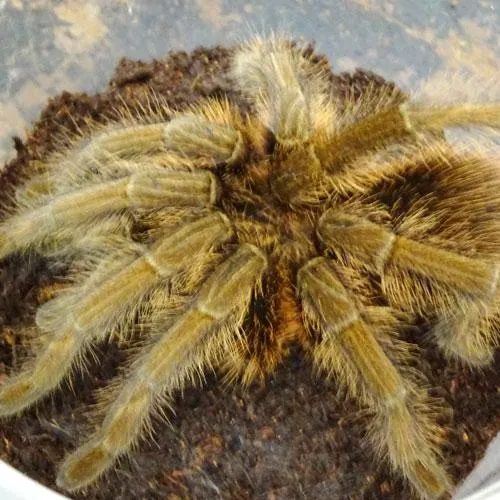
Haitian Brown Tarantulas thrive in a temperature range of 75-85°F (24-29°C). Maintaining a consistent temperature is key. Avoid placing the enclosure in direct sunlight or near heat sources, as these can cause temperature spikes. You can use a heat mat on the side of the enclosure (never under the enclosure, to avoid overheating), but ensure it’s regulated by a thermostat to prevent overheating. Monitoring the temperature with a reliable thermometer is essential. In most homes, a stable room temperature will suffice, but providing a heat source during cooler months may be necessary. It is important to provide a thermal gradient.
Maintaining Humidity Levels
Humidity is just as critical as temperature. Haitian Brown Tarantulas prefer humidity levels between 60-75%. To maintain humidity, mist the enclosure with dechlorinated water every few days, or as needed, depending on the ventilation and substrate type. The frequency of misting will depend on the ambient humidity and the ventilation of the enclosure. The substrate should be slightly moist but not soggy. A water dish also contributes to humidity. Proper humidity is critical to facilitate molting and prevent dehydration. Use a hygrometer to monitor the humidity levels within the enclosure. If humidity levels are too low, increase misting frequency. If the humidity is too high, increase ventilation.
Feeding Your Haitian Brown Tarantula
Providing the proper diet is essential for your Haitian Brown Tarantula’s growth and overall health. The type of food, its size, and the feeding frequency play vital roles in ensuring that your tarantula receives the necessary nutrients and energy to thrive. Remember, a well-fed tarantula is a healthy tarantula. Overfeeding and underfeeding can both lead to problems. Understanding the dietary needs will help you provide optimal care for your pet.
Appropriate Food Types and Sizes
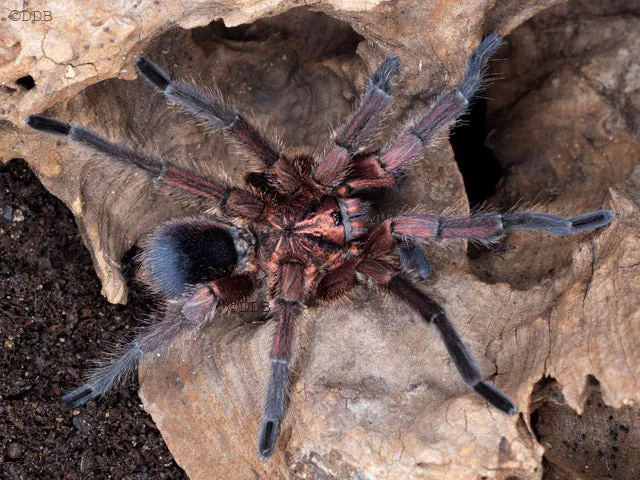
Haitian Brown Tarantulas are primarily insectivores. The bulk of their diet should consist of live insects, such as crickets, roaches, mealworms, and superworms. The size of the prey should be appropriate for the tarantula’s size. As a general rule, the prey should be no larger than the tarantula’s body size. For spiderlings, small crickets or pre-killed fruit flies are ideal. Adults can eat larger insects, such as adult crickets or roaches. It is very important to vary the diet to ensure optimal nutrition. Feed your tarantula insects that have been gut-loaded, which means they have been fed nutritious food before being offered to your tarantula. This ensures that your tarantula gets the necessary vitamins and minerals.
Feeding Frequency
The feeding frequency depends on the tarantula’s age and size. Spiderlings should be fed 2-3 times a week, while juveniles can be fed once or twice a week. Adults can be fed once every 1-2 weeks. Observe your tarantula’s abdomen; a plump abdomen indicates a well-fed tarantula. Do not feed your tarantula if it is in pre-molt, as it will likely refuse food. Remove any uneaten prey within 24 hours to prevent stress on the tarantula and reduce the risk of mites. Adjust feeding frequency based on the tarantula’s growth and activity levels.
Water and Hydration
Hydration is essential for all living creatures, and Haitian Brown Tarantulas are no exception. Providing a clean water source is crucial for their survival and well-being. Dehydration can lead to serious health issues. Understanding the importance of water and ensuring easy access to it are integral parts of providing appropriate care. Fresh, clean water should always be available.
Providing a Water Dish
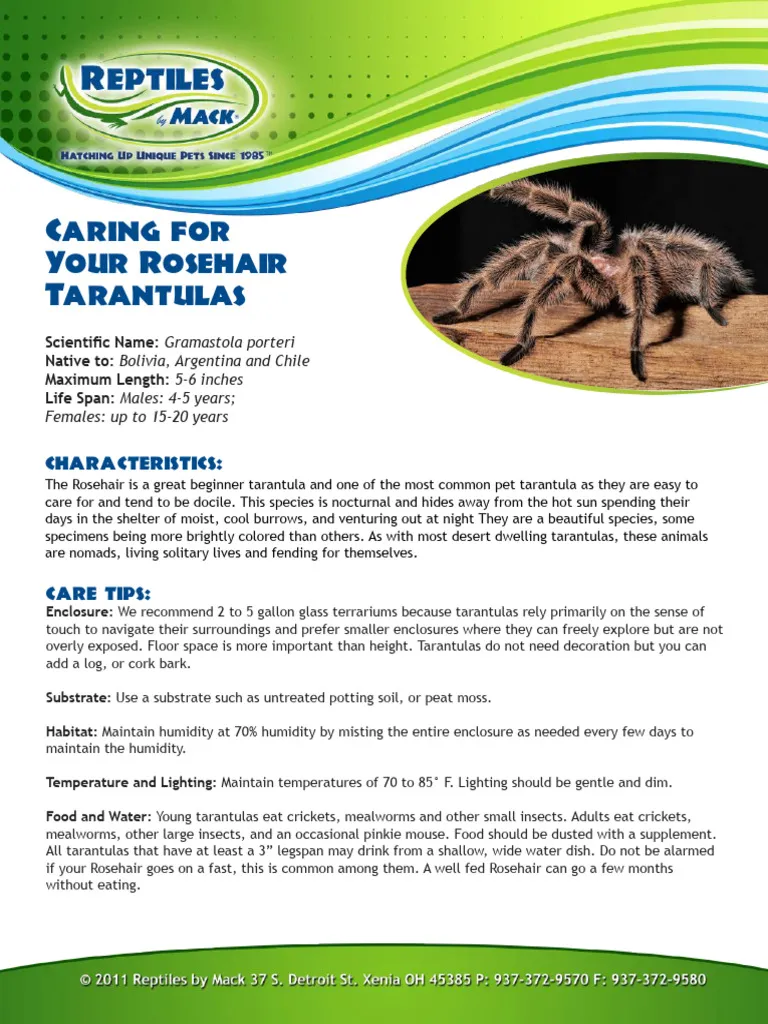
A shallow water dish is essential for your Haitian Brown Tarantula. The dish should be shallow enough to prevent the tarantula from drowning. Make sure the dish is stable and cannot be easily tipped over. Use a small, shallow dish, such as a bottle cap or a commercial water dish designed for tarantulas. Change the water regularly, ideally every 1-2 days, to keep it fresh and clean. Place the water dish in a location where it is easily accessible to the tarantula. The water dish also contributes to maintaining humidity levels within the enclosure. Make sure you always use fresh, clean, dechlorinated water.
Watering Frequency and Methods
In addition to the water dish, misting the enclosure with dechlorinated water is an excellent way to provide hydration and maintain humidity levels. Mist the enclosure once or twice a week, depending on the humidity levels. When misting, lightly spray the sides of the enclosure and the substrate. Avoid spraying the tarantula directly. Monitor the substrate; it should be slightly moist, but not soggy. The frequency of misting will vary depending on the ventilation of the enclosure and the ambient humidity. Always use dechlorinated water as tap water contains chlorine, which can be harmful to your tarantula.
Handling and Safety Precautions
While Haitian Brown Tarantulas are generally docile, it is essential to handle them with caution. They are venomous, and while their venom is not typically life-threatening to humans, their bite can be painful. Understanding the risks of handling and taking the appropriate precautions are key to ensuring both your and your tarantula’s safety. Always prioritize the well-being of your pet. Handling should be minimized.
Risks of Handling
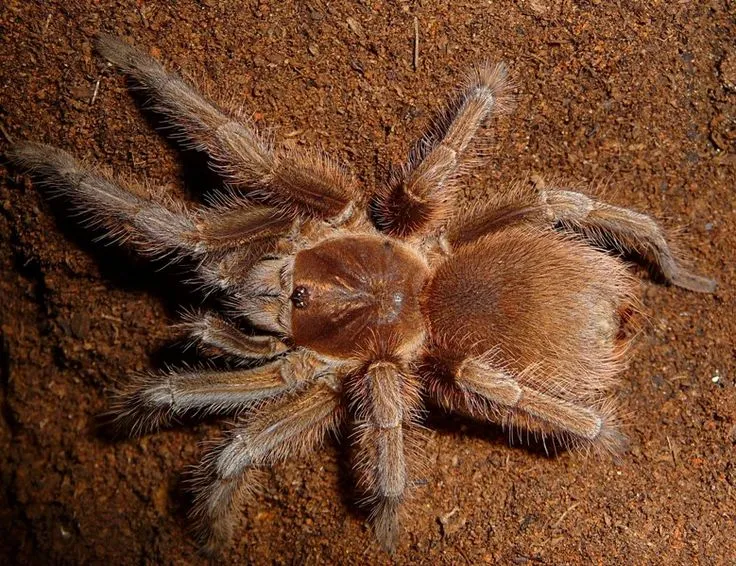
Haitian Brown Tarantulas possess fangs capable of delivering venom. While their venom is not usually dangerous to humans, it can cause pain, localized swelling, and muscle cramps. Additionally, tarantulas can become stressed when handled. When stressed, they may exhibit defensive behaviors, such as raising their front legs, flicking urticating hairs (tiny irritating hairs) from their abdomen, or biting. Excessive handling can also injure the tarantula, leading to dropped limbs or other physical trauma. It is recommended that you observe your tarantula more than you handle it. Observe your tarantula from a safe distance. If you must handle it, do so with extreme caution.
Observing Your Tarantula
The best way to interact with your Haitian Brown Tarantula is by observing it in its enclosure. This allows you to appreciate its natural behaviors and identify any potential health issues. When observing, look for signs of a healthy tarantula, such as an active appetite, normal movement, and a well-formed abdomen. Regular observation will help you become familiar with your tarantula’s habits and behavior. Avoid handling unless absolutely necessary, such as for cage cleaning or health checks. Observe the tarantula’s molting cycle, as well. The molting process is a critical phase in a tarantula’s life cycle, as it sheds its exoskeleton to grow. During this time, it is very vulnerable. Therefore, it is important to leave the tarantula undisturbed.
